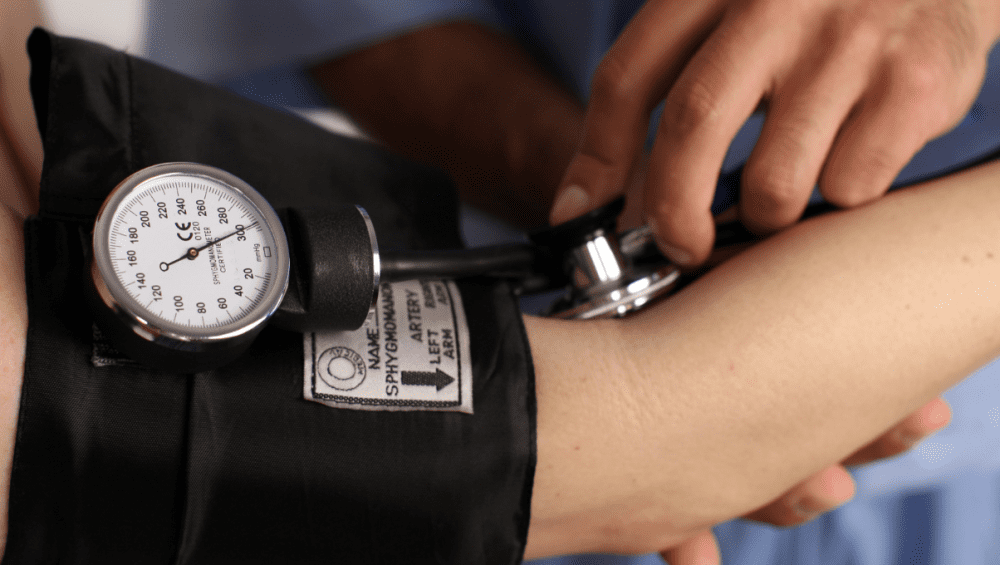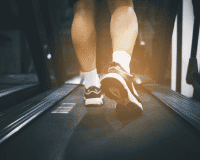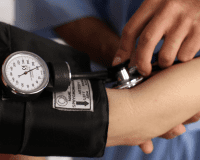How Exercise Can Impact Your Blood Pressure
How Exercise Can Impact Your Blood Pressure
One of the most effective methods to lower your blood pressure is to incorporate regular exercise into your daily routine.
Nearly half of American adults have high blood pressure, according to The American Heart Association. When left untreated, the damage that high blood pressure does to your circulatory system is a significant contributing factor to heart attack, stroke, and other health threats.
While hypertension may appear to be a frightening condition, minor changes to your regular routine might help you decrease and maintain healthy blood pressure. One of the most effective methods to achieve this is to incorporate regular exercise into your daily routine.
Can Exercise Help Lower Your Blood Pressure?
While exercise might cause your blood pressure to rise, this is only a temporary effect. To properly decrease your blood pressure, it may take up to three months of constant increased exercise. Of course, you’ll want to consult with your doctor before starting an exercise program.
According to the Mayo Clinic, exercise generally accounts for a reduction of 4 to 12 mmHg in diastolic and 3 to 6 mmHg in systolic blood pressure. It does this by strengthening your heart and allowing it to work more effectively and able to pump more blood with less effort. Exercise also helps you maintain a healthy weight and lower stress levels, which are both leading causes of high blood pressure.
What Exercises Lower Blood Pressure?
For reducing blood pressure, a mix of aerobic activity and strength training is usually suggested. Aerobic exercise (often known as ‘cardio’) is defined by the American College of Sports Medicine (ACSM) as “any activity that engages large muscle groups, can be performed continuously, and is rhythmic in character.” Resistance training, on the other hand, is described as any exercise in which your muscles are forced to operate against an opposing force.
These two types of activities, when combined, help to reduce your total blood pressure.
Not everyone enjoys running on a treadmill or pumping iron in the gym. You can find other types of exercise like yoga, walking, playing sports, biking, and using resistance bands to fulfill your exercise needs. No matter which exercises you choose, it’s important to find something you enjoy.
Aerobic Exercise
The American Heart Association recommends you aim to get at least 150 minutes of moderate-intense aerobic exercise, or 75 minutes of vigorous aerobic exercise each week. This can either be split as 30 minutes per day on at least 5 days each week or in shorter sessions of 10 minutes several times per day throughout the week.
Resistance Training
Newer research suggests that resistance training with bands or weight lifting can be used to supplement aerobic exercise to further reduce blood pressure. You should aim to complete 2 to 4 sets of 8 to 12 repetitions for each of the major muscle groups during your training sessions. Resistance training sessions should be somewhat spaced out throughout the week, to limit the potential muscle soreness.
Get to Exercising
If you’re new to exercise, remember to take things at your own pace, don’t make it a chore or you won’t stick with it. Once you’ve become used to your new regimen, you can raise the intensity or number of repetitions.
Blood pressure does naturally increase as we age, so it’s vital to stay active throughout every stage of life.







